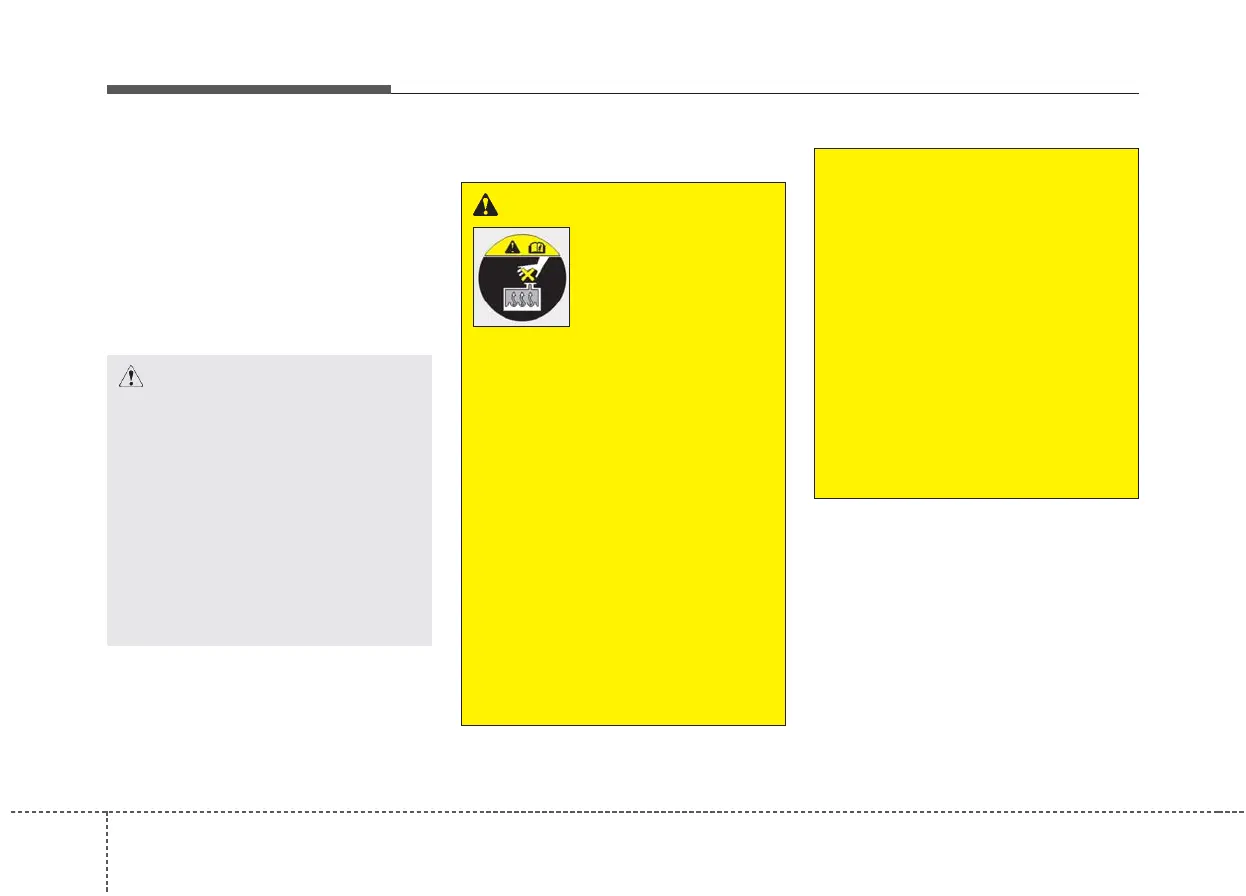
 Loading...
Loading...
Do you have a question about the Kia K3 2019 and is the answer not in the manual?
| Brand | Kia |
|---|---|
| Model | K3 2019 |
| Category | Automobile |
| Language | English |
Explains how to navigate and use the manual's features, warnings, and structure.
Details the types of fuel and octane ratings recommended for optimal vehicle performance.
Explains how to record key numbers, key operations, and information about the immobiliser system.
Details the operations for locking, unlocking, and trunk/tailgate unlock functions of the keyless entry system.
Lists important precautions and troubleshooting steps for using the smart key system to avoid issues.
Describes the three stages of the theft alarm system: Armed, Theft-alarm, and Disarmed stages.
Explains how to operate door locks from outside and inside the vehicle, including child-protector features.
Describes the operation of power windows, including auto up/down features and reset procedures.
Explains how to operate the sunroof, including sliding, tilting, sunshade, resetting, and open warnings.
Covers electronic power steering, tilt & telescopic steering, heated steering wheel, and horn operation.
Explains the instrument cluster controls, LCD window controls, gauges, warning messages, and indicator lights.
Covers battery saver function, headlight escort, welcome function, lighting control, high beam operation, and turn signals.
Details the operation of windscreen wipers and washers, including front and rear wiper/washer controls.
Provides essential checks and procedures to perform before starting to drive the vehicle.
Details the operation of the engine start/stop button, including illuminated and positional states.
Covers power brakes, parking brake, ABS, ESC, HAC, VSM, ESS, and good braking practices for safe operation.
Explains the FCA system's function, setting, activation, warning messages, and limitations for the camera type.
Details the FCA system's function, setting, activation, warning messages, and limitations for the camera and radar type.
Provides guidance on actions to take when the engine stalls, there's a flat tyre, or other emergencies occur while driving.
Details procedures for jump starting a vehicle with a dead battery, including safety precautions.
Provides step-by-step instructions for changing a flat tyre, including jack and tools usage and safety warnings.
Details towing services, removable towing hooks, emergency towing, and towing precautions for safe vehicle transport.
Covers tyre specifications, load capacity, speed rating, inflation pressures, wheel lug nut torque, and tyre care information.